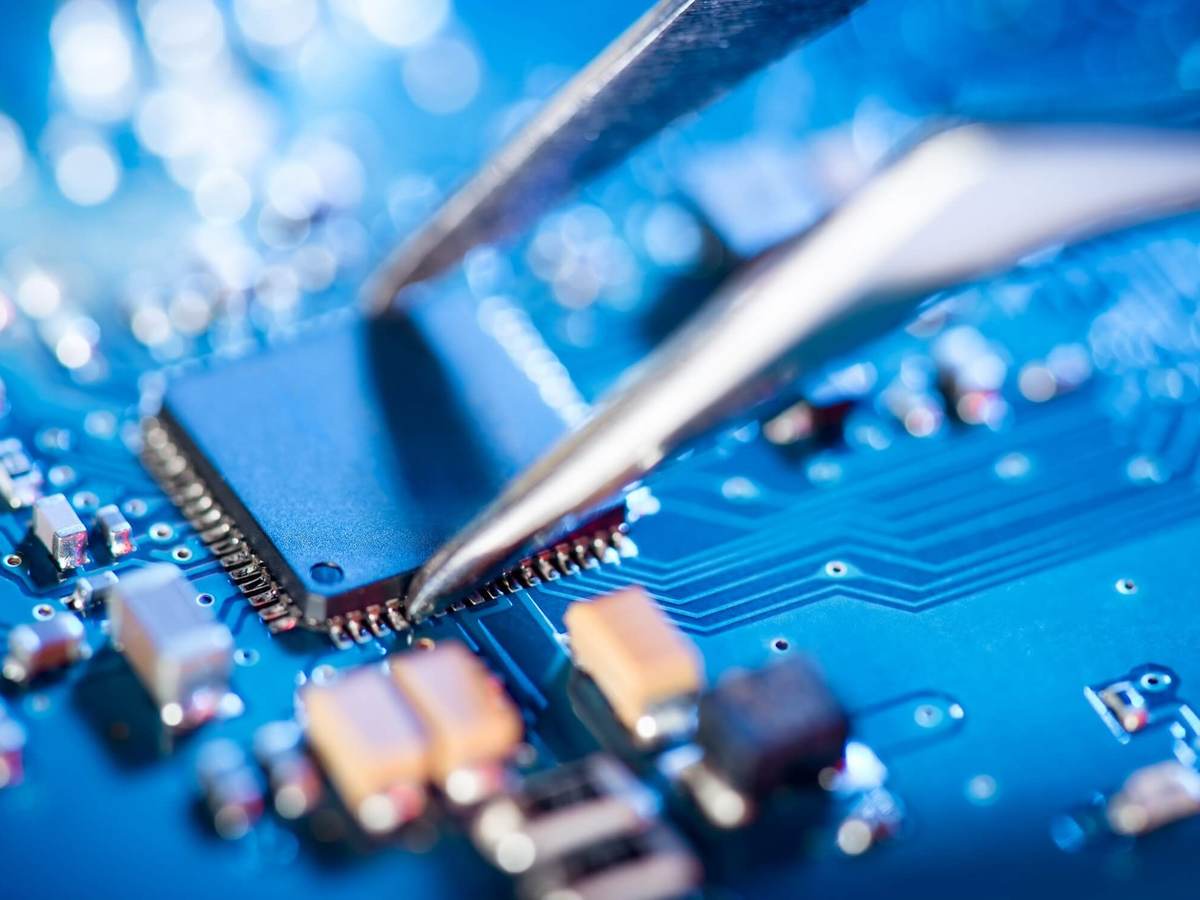August 13, 2019
The familiar saying, “time is money,“ applies more to today’s market than it ever did before the phrase was first coined. Time is essential if one wants to be first in innovation, product placement or promotion, which means that any downshift in production or a delay in accessing the regional market place can make or break a company’s dreams of global expansion.
One type of manufacturing partner is feeling the heat more than any other, according to Crystal Vanderpan, a principal engineer with UL’s Consumer Electronics division — original equipment manufacturers (OEMs) and original design manufacturers (ODMs.)
“Product designers have little time to focus on PCB thermal management solutions,” Vanderpan said. “To meet market delivery commitments, they are being pushed to quickly select PCBs to meet market delivery commitments.”
However, a rush to product development can be costly at best and potentially hazardous at worst when it comes to PCB selection. Component review and selection is an important decision for product designers as electronic products need PCBs that mitigate thermal stresses and environmental hazards to help limit the risk of fire, electric shock and personal injury.
One solution Vanderpan shared is to include material and component preselection as an integrated solution across the supply chain. The benefits of preselection include:
- Helps product designers find materials that comply with safety standards
- Helps reduce the risk of costly product production delays
- Helps reduce costly and time-consuming end product tests
- May permit manufacturers to substitute alternate materials without incurring additional costs
Vanderpan cautioned, however, that to benefit from preselection, product designers would need to communicate the required PCB thermal performance parameters to their supply chain.
“For example, what is the maximum operating temperature the board will be exposed to in the end product, what flammability classification is required based on the components applied to the board, what type of solder [lead-free, leaded or other] and how many soldering cycles are allowed during the assembly process,” Vanderpan said.
The properties of existing PCBs can then be compared with new circuit boards to determine performance equivalence, saving product designers both time and money.
Learn more about UL’s PCB testing and certification services. The program evaluates and characterizes board performance as it relates to the manufacturing and assembly process. This includes determining solder limits based on preconditioning.

